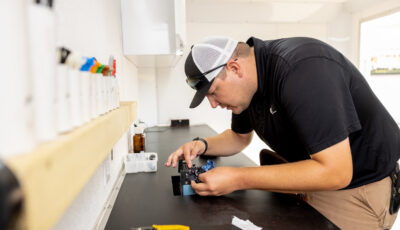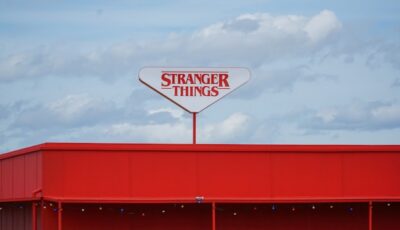You’ve been here, right? You get to the gym and it’s rush time. Every treadmill is full, the free weights aren’t free, and you’re waiting for the HIIT class to finish its second round in the fitness area. Frustrating? Yeah. Now, imagine your Internet Service Provider (ISP) operates in a similar way.
Let’s call it “the gym membership model.” Just like a gym that tries to sell as many memberships as possible, these ISPs focus on signing up lots of subscribers without necessarily improving their infrastructure (i.e., bandwidth). Sure, they’ll brag about offering 15 to 20 treadmills, which is like providing upstream bandwidth— you know, that’s the part of your internet capacity dedicated to sending data from your home. But the more users they cram in (subscribers), the more likely the network will be overwhelmed, just like a packed gym.
They bank on people using the internet at random times—some light users, some heavy—but when a few “gym junkies” show up and push the network to its limit, things slow down for everyone. You’re either waiting somewhat politely, thinking of a different exercise, or contemplating an exit. It’s a similar story for many customers on ISPs using outdated network models.
Fiber to the Node
Let’s look at a model called Fiber to the Node, which is a common setup for many ISPs. Imagine this as a massive gym built for your entire neighborhood. The gym is centrally located (the node), and while it’s filled with high-end machines and equipment, it’s still only one gym. The problem? Everyone in your area is a member, and you all have to share the same equipment.
This setup works fine when only a few people are using the gym at any given time. But during peak hours, the machines get overcrowded—just like how your internet slows down during peak usage times. Fiber to the node is great… up to the node.
And after that node, it’s like a dusty dirt road filled with deep holes and ruts all the way to your home. Those gravelly roads are the equivalent of coaxial or copper cables that carry data from the node to your house. And guess what? They’re not designed to handle today’s heavy-duty internet traffic.
The result? Just like waiting for a treadmill during peak gym hours, you’ll find yourself waiting for web pages to load, videos to buffer, and uploads to creep along.
Fiber to the Home
Let’s switch to fiber to the home. This is like having your own personal gym right in your house. Think Rogue Fitness equipment, Concept 2 rowers, or an Echelon treadmill. All at your disposal.
With fiber to the home, there’s no central hub crowded with people and no outdated roads. The fiber-optic cable runs directly to your home, giving you access to state-of-the-art equipment (or in this case, high-speed internet) whenever you need it. No sharing with your neighbors, no waiting for your turn, and no slowdowns during busy hours.
When you have fiber brought straight to your door, your internet is fast, reliable, and consistent—just like having a treadmill or dumbbells ready whenever you want to work out. It’s your own private fitness experience without the interruptions.
Don’t Settle
At CLtel, we believe in giving you an internet experience that’s truly yours. Unlike ISPs that rely on the congested Fiber to the Node model, we’re committed to Fiber to the Home. With CLtel, your connection is yours. Direct. Fast. And future-proof. No sharing bandwidth with your neighbors, no waiting for a bike—or in this case, buffering on your favorite show.
So don’t settle for an overcrowded, underwhelming internet “gym” experience. With CLtel’s fiber network, you’ll always have the bandwidth you need, whether you’re a casual browser or an internet power user. Your connection is ready when you are, and there’s no waiting for equipment.



